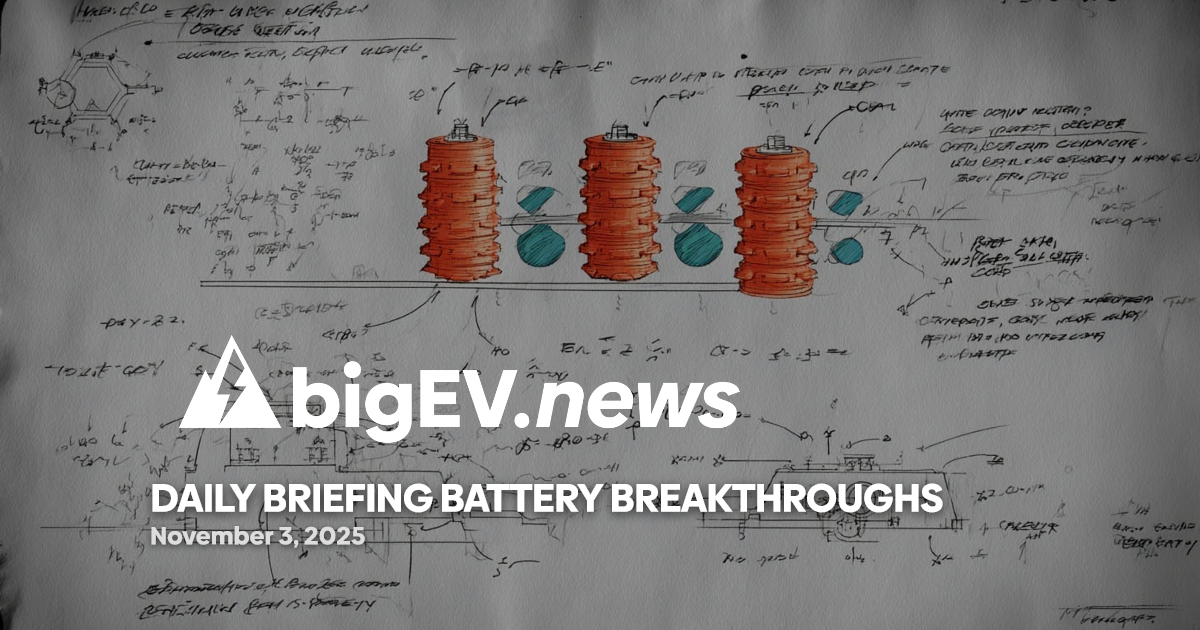Sustainable finance accelerates with new green bonds, landmark lawsuits, and tech-driven transparency, as global capital and policy shifts reshape ESG investing.
At a glance – The past 24 hours in the Green Capital & ESG Investing sector have been marked by a surge in climate-positive capital flows, intensifying legal scrutiny, and a renewed focus on data-driven transparency. Global investors are channeling record funds into green bonds and sustainable finance vehicles, even as the ESG movement faces reputational challenges and mounting regulatory pressure. Notably, the Bank for International Settlements and the Hong Kong Monetary Authority have piloted a tokenized green bond leveraging blockchain and IoT sensors to ensure real-time tracking of environmental outcomes, setting a new standard for transparency and accountability in green finance. This innovation comes amid a broader industry push to rebuild trust in ESG by investing in robust data architecture and independent verification protocols, aiming to deliver sustainability reports that investors can trust and public dashboards of emissions and offsets that are open for scrutiny. The sector’s momentum is further underscored by a wave of new product launches, strategic partnerships, and high-profile legal actions that are redefining the landscape of sustainable investing.
Technology advance – In a significant technological leap for ESG investing, the Bank for International Settlements (BIS) and the Hong Kong Monetary Authority have successfully piloted a tokenized green bond that utilizes blockchain, IoT sensors, and smart contracts to track the real-world performance of financed solar farms. This approach enables continuous, automated verification of environmental outcomes, ensuring that the clean energy projects deliver on their promises. The pilot demonstrates how distributed ledger technology can create immutable audit trails and facilitate automated accountability, such as releasing carbon credits only when emissions reductions are independently confirmed. Industry experts highlight that such innovations are essential for restoring credibility to ESG, moving the sector away from marketing spin and toward quantitative, verifiable impact. The adoption of advanced data collection methods, including satellite and remote sensor monitoring, is also gaining traction, allowing for real-time tracking of emissions and deforestation at the facility level. These technological advances are expected to become mainstream, fundamentally transforming how sustainability claims are measured, verified, and communicated to investors and regulators.
Partnerships – Strategic alliances are playing a pivotal role in accelerating the clean technology transition, with new joint ventures and collaborations emerging across the globe. In a notable development, a consortium of European utilities and technology firms announced a partnership to deploy a cross-border renewable energy trading platform, leveraging blockchain to facilitate transparent, real-time transactions of green electricity certificates. The initiative aims to harmonize renewable energy standards across the EU and streamline the verification of clean power generation, addressing longstanding challenges related to double counting and inconsistent reporting. By integrating advanced digital infrastructure, the partnership seeks to unlock new sources of capital for renewable projects and enhance investor confidence in the integrity of green energy markets. This collaborative approach reflects a broader industry trend toward ecosystem-based solutions, where technology providers, utilities, and financial institutions join forces to scale sustainable finance and accelerate the decarbonization of the energy sector.
Acquisitions/expansions – The sector has also witnessed major expansion moves, with leading asset managers and financial institutions ramping up their green investment portfolios. In a headline-grabbing deal, a prominent U.S.-based private equity firm announced the acquisition of a controlling stake in a European battery storage company for $1.2 billion, signaling strong investor appetite for energy storage solutions that support grid stability and renewable integration. The transaction is part of a broader wave of capital inflows into clean technology infrastructure, with green bonds and sustainability-linked loans reaching new issuance records. Market analysts note that these expansionary moves are being driven by both regulatory incentives and growing demand from institutional investors seeking exposure to climate-resilient assets. The influx of capital is expected to accelerate the deployment of next-generation clean technologies, from advanced battery systems to smart grid platforms, further reinforcing the sector’s growth trajectory.
Regulatory/policy – Legal and regulatory developments are exerting a profound influence on the ESG landscape, with courts and policymakers stepping up scrutiny of climate-related disclosures and corporate accountability. In a landmark ruling, the Italian Supreme Court affirmed the jurisdiction of the Court of Rome in a high-profile climate lawsuit against a global energy company and its main shareholders, including the Ministry of Economy and Finance and Cassa Depositi e Prestiti. The plaintiffs are seeking to compel the company to reduce its CO₂ emissions by 45% by 2030, in line with global climate targets, and to impose financial penalties for non-compliance. The case underscores the growing legal risks facing companies that fail to align with climate goals and highlights the expanding role of shareholder activism in driving corporate climate action. Meanwhile, in the UK, NGOs have launched a judicial review challenging the approval of a hyperscale data centre, arguing for greater scrutiny of its environmental impacts. These legal actions reflect a broader trend of escalating ESG-related litigation, as stakeholders demand greater transparency and accountability from both companies and regulators.
Finance/business – Financial markets are responding to the evolving ESG landscape with a surge in green capital flows and innovative sustainable finance products. Green bond issuance has reached new highs, with sovereign and corporate issuers tapping global markets to fund renewable energy, energy efficiency, and climate adaptation projects. Notably, a major Asian development bank priced a $750 million green bond to finance solar and wind projects across Southeast Asia, attracting strong demand from institutional investors. The bond’s proceeds will be allocated to projects that deliver measurable environmental benefits, in line with the bank’s commitment to align its portfolio with the Paris Agreement. Executive commentary from leading asset managers emphasizes the importance of robust impact measurement and transparent reporting in sustaining investor confidence. As ESG investing continues to evolve, market participants are calling for standardized frameworks and third-party verification to ensure that capital flows deliver genuine climate-positive outcomes and support the transition to a low-carbon economy.
Sources: esgnews, linklaters, utilitydive, prnewswire, reuters, financialtimes









